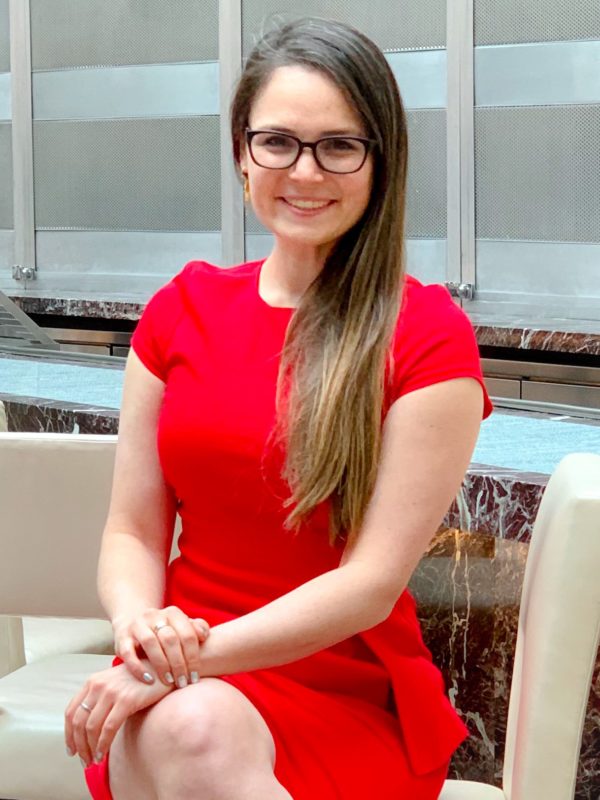
PGY2 at Detroit Mercy
The average loan burden of an orthodontic resident is $428,000. When we walked into the room and told young staffers this number, there was often a short but evident gasp of shock. The average debt of a dental school graduate is $287,000. So between dental school and graduating as an orthodontic resident, your already anxiety-inducing loan burden almost doubles to $428,000. Furthermore, this is just an average, and doesn’t exclude the fortunate students who have tuition offset by parental help. I have met colleagues along the way who have more $800,000, and that’s just the principle. Orthodontic residents today are experiencing very different conditions than those who graduated thirty, twenty, or even ten years ago. It is clear that the education system that we invest into in order to pursue orthodontics, is plagued by many problems.
In addition to the heavy loan burden, the Affordable Care Act added a 2.3% tax on revenues from the sales of most medical devices. This would apply to brackets but also to technology such as panoramic and cephalometric machines, which would amount to tens of thousands of dollars. The medical device tax has been postponed in previous legislation. One of the goals of this meeting was to continue this postponement or repeal it permanently. Orthodontists are notorious for paying off our loans (eventually) with a low default rate. We’re also well known for being small business owners and strong supporters of our communities. If the tax is reinstated, it would put pressure on existing practice owners and newly graduated orthodontists with the extreme loan burden to absorb the cost or pass it on to patients, further restricting access to care. Lastly, we asked representatives to increase the FSA spending limit, and expand the ways they can use it by increasing the cap and allowing ways for patients to save more in advance for their own health care needs.
The AAO Advocacy Conference gave us a chance to bring our personal experiences to the members of Senate and Congress who can help make a difference, or in the very least, prevent an already out of control problem from getting worse. I missed two days of clinic/classes at an important time in my residency when I’m juggling finishing patients, studying for boards, and preparing for thesis defense. Thankfully, those days in D.C. proved to be valuable and were filled with advocacy training, networking with orthodontists from all over the country, meetings on the hill, and learning about how these issues affect us particularly as new orthodontists. During advocacy training we discussed as a group the best ways to convey our message. We heard from state representatives who reinforced their agendas and described ways it will help our communities. I met fellow residents from Texas, Washington D.C., Vancouver, California, New York, Minnesota, Pennsylvania, North Carolina, etc, etc. We discussed stresses such as the upcoming boards, disability insurance, and barriers to owning our own practices.
It was a unique experience to have a sounding board consisting of current residents, new graduates, and orthodontists with decades (or half-centuries) of invaluable wisdom. Amongst all of us, we have diverse and varied life and educational experiences, but for two days we came together to speak with one voice on behalf of all orthodontists and the communities we treat through AAO advocacy. We can all agree that there are many problems affecting providers and patients nationwide. I strongly believe that if we don’t speak up, we are part of the problem. For two days in Washington D.C., I was proudly part of a passionate group of orthodontists who are determined to be part of the solution.
